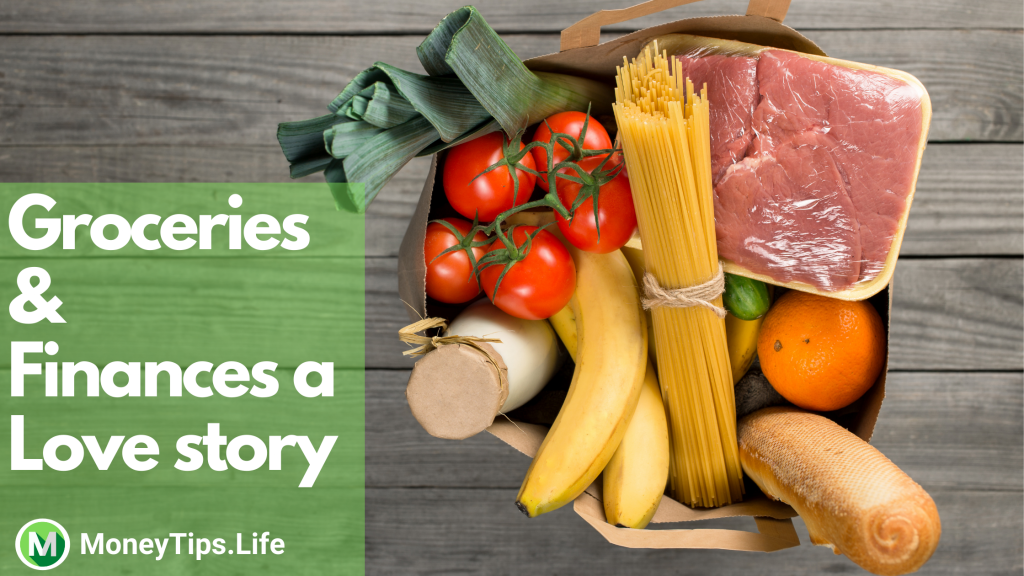Groceries are among the most basic needs of every family. Though eating at home is economical, groceries can get costly. This is a great opportunity to use your credit card.
Though credit cards are not beneficial for all purchases, they are fantastic for groceries. In fact, you should always use your credit card for grocery purchases.
Why Use Credit Cards for Groceries?
Groceries are a manageable but a regular expense. You can likely pay your grocery bill in full at month’s end. You then build credit without adding interest.
Credit cards help you ensure that you always have access to food. Sometimes, payday doesn’t coincide with the need for grocery shopping. Using a credit card can bridge the gap without breaking the bank!
Very few people spend an unmanageable amount on groceries. It’s a safe and reliable way to use your credit card. You could earn rewards, perks, and build your credit.
How Do You Make Sure You Don’t Overspend?
Budgeting is a necessity when grocery shopping. Plan your meals for the week ahead. Buy only what you need, in bulk if possible.
When you plan ahead and make a list, you’ll stick to your budget. You can easily avoid overspending on groceries. Plus, you’ll fill your pantry for future use.
Are There Credit Cards Specifically for Grocery Shopping?

Many cards offer an option that accrues benefits for groceries. Cash back cards offer generic rewards for basic purchases. As a regular expense, you may earn points for grocery purchases.
However, there are few cards that can only be used for groceries. Unlike medical card rewards, grocery benefits require a basic credit card. If you want, you can designate one card for groceries alone.
There are very few drawbacks to using credit cards for groceries. As long as you budget and pay your bills, you shouldn’t accrue interest. It’s a secure way to pay for your necessities.
How Do I Find Out How Much Money I Can Earn Back?
Every card is different. If you’re curious about your cash back amounts, consult your card’s policies. There’s usually a clear cashback or reward percentage on purchases.
If you plan ahead, you can prepare for cash back. For example, consider spending $100 on groceries with 4% cash back. You’ll receive $4 just for buying groceries with your card.
This may not seem like a lot. However, these dollars add up.
Many families spend around $550 per month on groceries. This generates $20 or more cash back for a necessity purchase. When you don’t use your credit card, you miss out on extra funds.
The Bottom Line
Of course, credit cards must be used with caution. You still must use basic common sense as you would with any card. Follow a budget and make sure you pay in full each month.
Avoid racking up grocery bills month over month. You’ll need to pay interest on basic items and cause financial strain. You’ll also endanger your credit rating.
Otherwise, there are few dangers of using a credit card for groceries. With some good credit card sense, groceries are perfect for credit cards.
